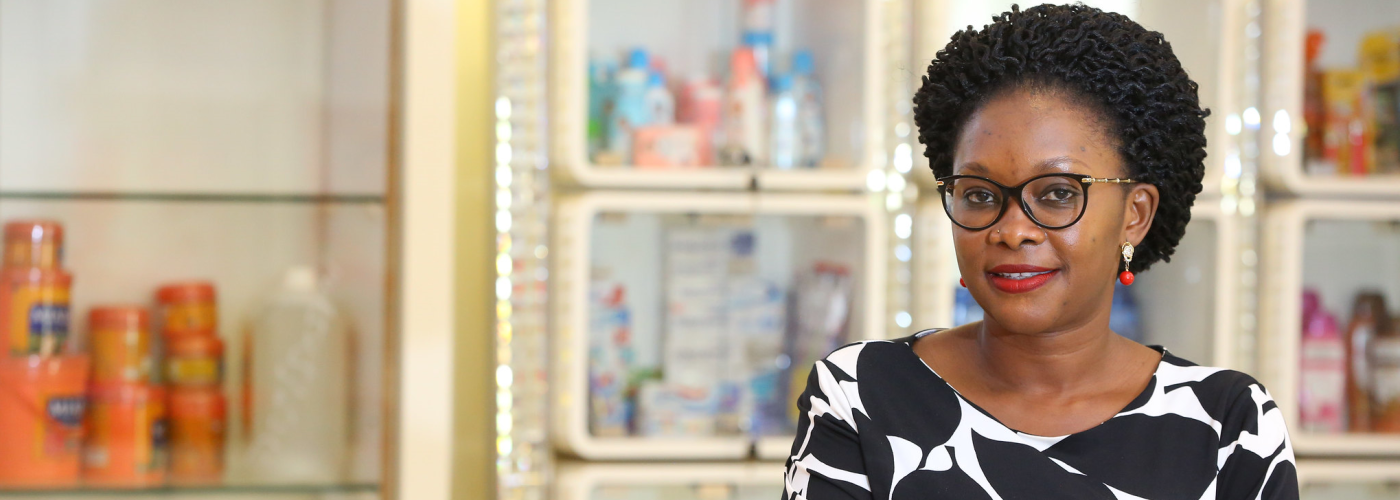Mobilizing Equitable Finance by Addressing Systemic Gender Bias
Women influence 80 percent of consumer spending decisions for their households and hold 40 percent of global wealth. Women’s incomes were estimated to have reached $24 trillion in 2020, or $3 trillion more than the GDP of the United States in that year, which was (and still is) the largest in the world. We also know that societies cannot develop sustainably without distributing resources and opportunities among all members.
As Linda Scott argues in The Double X Economy, when women are not taken into consideration as potential managers, employees, consumers, and entrepreneurs, it not only undermines the competitiveness of companies and industries but also impacts the economic growth, stability and strength of an entire country.
Image

Taking into account Gender norms
There is an estimated $300 billion gender financing gap for formal, women-owned small businesses, and 70 percent of women-owned small and medium enterprises (W-SMEs) have unmet financial services needs. Research also emphasizes the importance of diversity in funds and companies.
“The relationship between diversity and business performance persists. The statistically significant correlation between a more diverse leadership team and financial outperformance demonstrated three years ago continues to hold true on an updated, enlarged, and global data set.”
Furthermore, “private equity and venture capital funds with gender-balanced senior investment teams generated 10 percent to 20 percent higher returns compared with funds that have a majority of male or female leaders.” IFC 2019.
To close the financing gap substantially, women need to be involved at every level of the financial services industry — from bank agents, to branch managers, to the boardroom. Not only does this increase diversity, it also creates opportunities for women themselves to influence decisions that affect banking and financial outcomes for women. For example, women would have greater opportunity to advocate for collecting disaggregated information about men and women as banking customers, which could be incorporated into more competitive, novel banking products and services offered. If a gender-balanced banking sector workforce were to be achieved at scale, resulting in the needs and desires of potential women clients seeking financial products and services to be taken into greater consideration, it would revolutionize the industry. For this to happen, we need to better understand and shift gender norms and systemic bias that result in a male-dominated industry that constrains lending, and other financial services, to women.
In their Gender, Power and Progress: How Norms Change report, Advancing Learning and Innovation on Gender Norms (ALIGN) defines gender norms as “the informal rules of society that define how people of a particular gender identity are expected to behave, determine what people think and do as well as shape the attitudes and behavior of individuals in relation to each other”. In addition, gender norms deeply “affect outcomes for women” related to everything from health and education to marriage, freedom of movement, economic security, and employment opportunities. ALIGN notes that individuals learn gender norms first at home and then build structures and systems in their communities that are largely created by and for men. The banking and financial services sector is no exception. The vast majority of banks in emerging markets offer products tailored exclusively to men.
Results are noteworthy when steps are taken to address these gender norms, such as: increasing land titles for women; using psychometric testing to secure loans; hiring more female bank agents; and providing training on working with women clients. For instance, Banco BHD León in the Dominican Republic produced an internal rate of return (IRR) of 35 percent after designing and incorporating financial services for women customers into their business model. Largely by debunking myths about women as clients, BLC Bank Lebanon achieved an IRR of 30 percent as a result of growing its W-SME loan portfolio by 51 percent and deposits made by women by 78 percent. However, we can't expect a significant dent in the $300 million financing gap to be made one bank at a time.
USAID is seeking to work faster and smarter by engaging with host-country regulators and policy makers through the Better Than Cash Alliance, which works with governments and firms to responsibly navigate a shift away from cash to digital payments (notably government-to-person and business-to-customer payment flows). USAID is also partnering with financial services associations and organizations at the industry level, such as CGAP’s FinEquity platform, to scale proven solutions from USAID's Engendering Industries program so that women have more equitable economic opportunities as managers, employees, consumers, and entrepreneurs as a means of increasing their economic access and agency.
By continuing to invest in women and girls through activities that seek to influence the entire banking industry, the global development community can work together to significantly close the gender economic opportunity gap for generations to come.
The guest blog was written by Gwen Snyder, Private Sector Engagement and Women's Economic Empowerment Advisor, PSE Support, USAID Contractor.
This article is part of a blog series on themes to be discussed at an upcoming webinar, Promoting Gender Equity through Finance. To engage more with this content, please join USAID at the webinar on February 24 at 9 am EST. This webinar is part of an ongoing series exploring the role of development finance in private sector engagement and will highlight themes from the Mobilizing Finance For Development online course, which is available on the USAID Learning Lab and USAID University (for USAID staff).

